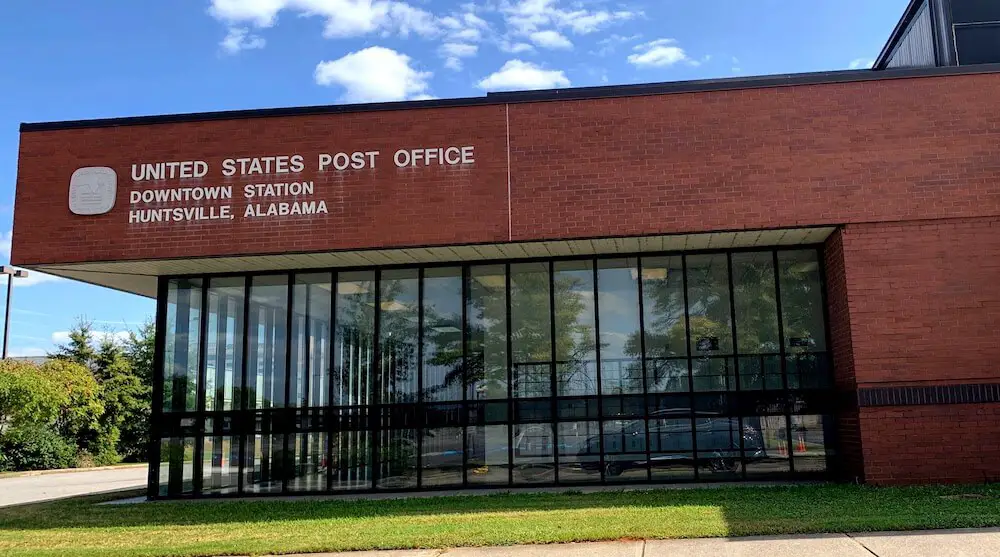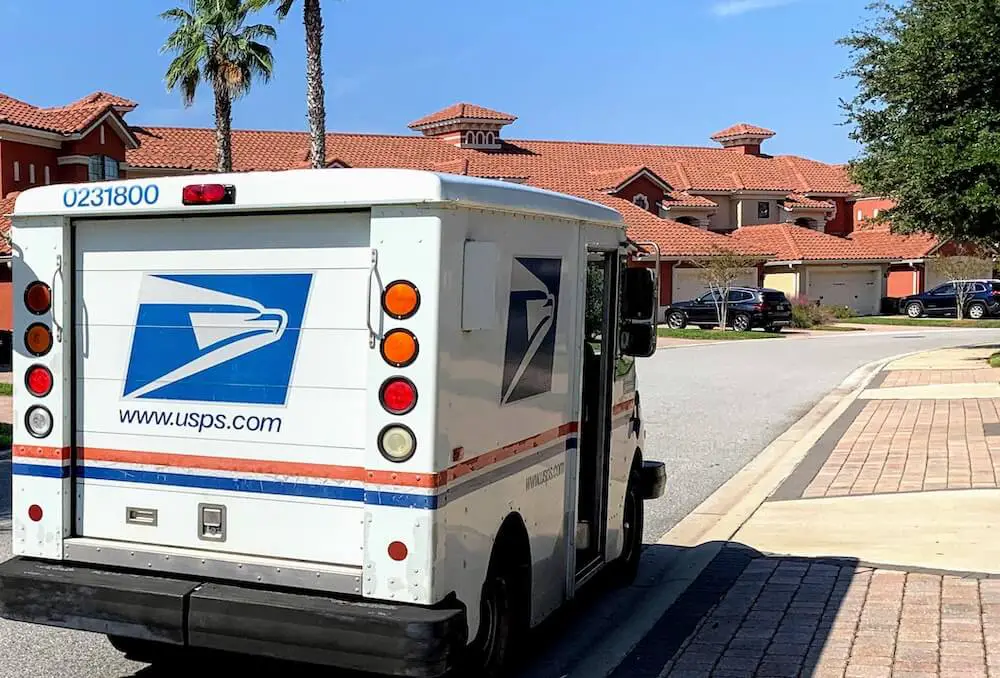The Postal Service (USPS) reported a net loss of only $82 million during the second quarter of 2021 on total revenue of approximately $18.9 billion according to its latest financial results.
While that may sound unimpressive, consider that the Postal Service reported a net loss of $4.5 billion for the same quarter last year amidst the COVID-19 pandemic. Total revenue increased approximately 6% over the same time period last year.
The Postal Service said that excluding non-cash workers’ compensation adjustments for each period, the loss for the 2021 second quarter would have been approximately $1.7 billion, compared to a loss of approximately $1.9 billion for the same quarter last year.
According to its press release, “Loss excluding workers’ compensation adjustments is defined as net loss, adjusted for workers’ compensation expenses caused by actuarial revaluation and discount rate changes, which are outside of management’s control. These adjustments include workers’ compensation expenses caused by actuarial revaluation and discount rate changes, and the amortization of Postal Service Retiree Health Benefits Fund (PSRHBF), Civil Service Retirement System (CSRS) and Federal Employee Retirement System (FERS) unfunded liabilities which can fluctuate due to projected interest rates and inflation.”
Revenue in the Shipping and Packages division increased sharply during the quarter. Revenue grew by $2.0 billion (33.6%) on a volume increase of 376 million pieces (25.3%) compared to the same quarter last year thanks to the surge in e-commerce associated with the COVID-19 pandemic. However, the Postal Service cautioned that it expects this strong growth to partially subside as the economy continues to recover from the pandemic. It also noted that this division of its business produces a lower contribution margin per revenue dollar due to higher associated labor and transportation expenses.
However, sales from mail services, the largest sales category for USPS, declined steadily during Q2 2021 due to the pandemic, and to a lesser extent, secular mail declines. Marketing Mail revenue declined by $511 million (13.7%) on a volume decline of approximately 2.3 billion pieces (13.5%) over the same quarter last year. First-Class Mail revenue decreased by $390 million (6.1%) on a volume decline of approximately 1.1 billion pieces (7.9%).
Compensation and benefits expenses increased by $517 million (4.4%) compared to the same quarter last year due primarily to higher work hours associated with the package volume growth, contractual wage increases and an increase in paid leave associated with the COVID-19 pandemic.
The Postal Service also said that its transportation expenses increased by $336 million (16.7%) primarily due to the impact of higher package volumes on air and highway transportation and shifts in average package dimensions as consumer behavior continues to evolve during the COVID-19 pandemic.
The Postal Service also stressed that its current financial situation highlights the need to implement its 10-year strategic plan, Delivering for America, which, among other things, proposes new investments back into the business in areas such as technology and its vehicle fleet, modernizing its delivery network, and making Medicare mandatory in retirement for current Postal employees.
“The financial results for the quarter and the ongoing trend of declining mail volume and increasing package volume highlights why our Delivering for America 10-year plan needs to be fully implemented,” said Chief Financial Officer Joseph Corbett.
“The plan delivers the framework for us to better innovate to grow revenue, work more efficiently and achieve financial sustainability to fulfil our universal service mission. If the plan is implemented in its totality, we expect to achieve break-even operating performance over the ten-year period and positive net income by FY 2023 or FY 2024, reversing $160 billion in projected losses over the next decade.”
National Association of Letter Carriers President Fredric Rolando said in a statement that the quarterly financial results are skewed artificially because of the pre-funding mandate for Postal retiree benefits:
The postal revenue increase over the same quarter last year drives home two points. The first is how much the American people and their businesses rely on the essential work of the Postal Service. During the pandemic, letter carriers have helped tens of millions of Americans shelter safely at home, after helping them vote safely from home. Secondly, the fact that despite the demonstrated strength of the postal business model USPS reported a net loss indicates the urgent need for postal reform to address the artificial red ink caused by the 2006 congressional mandate that the USPS–alone among all U.S. companies and agencies–pre-fund future retiree benefits.
Legislation was recently reintroduced in Congress to end the pre-funding mandate for USPS retiree health benefits. The Senators behind the bill said that the pre-funding requirement is “unfair” and that it causes “significant financial strain” for the Postal Service.





